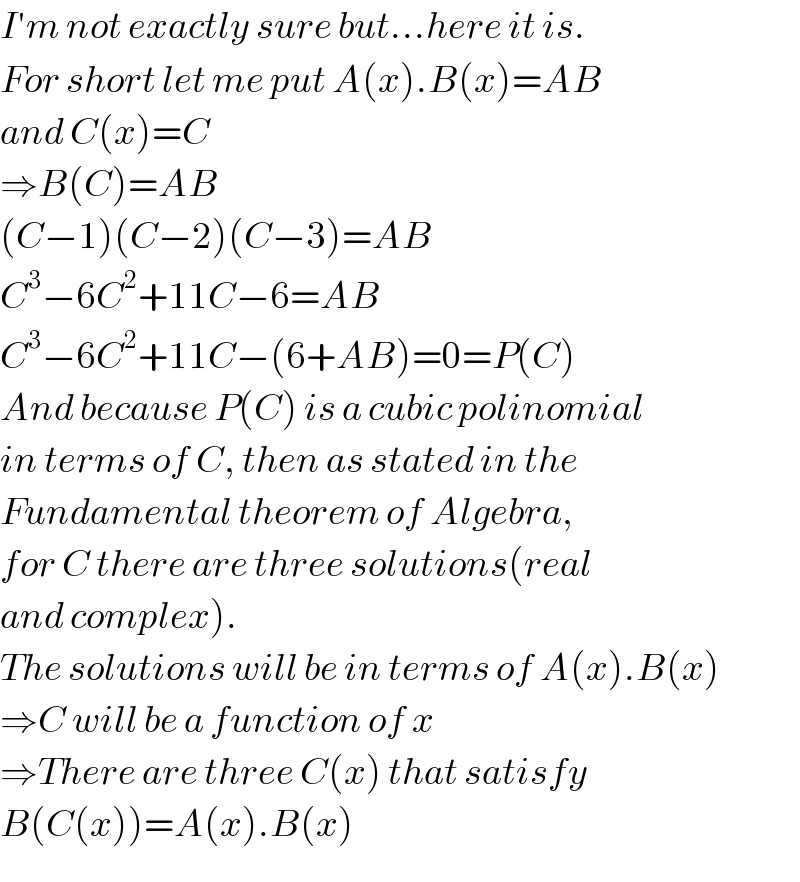Question Number 21656 by Joel577 last updated on 30/Sep/17

Commented by Joel577 last updated on 01/Oct/17

Commented by alex041103 last updated on 30/Sep/17

Commented by alex041103 last updated on 01/Oct/17

Commented by Joel577 last updated on 01/Oct/17

